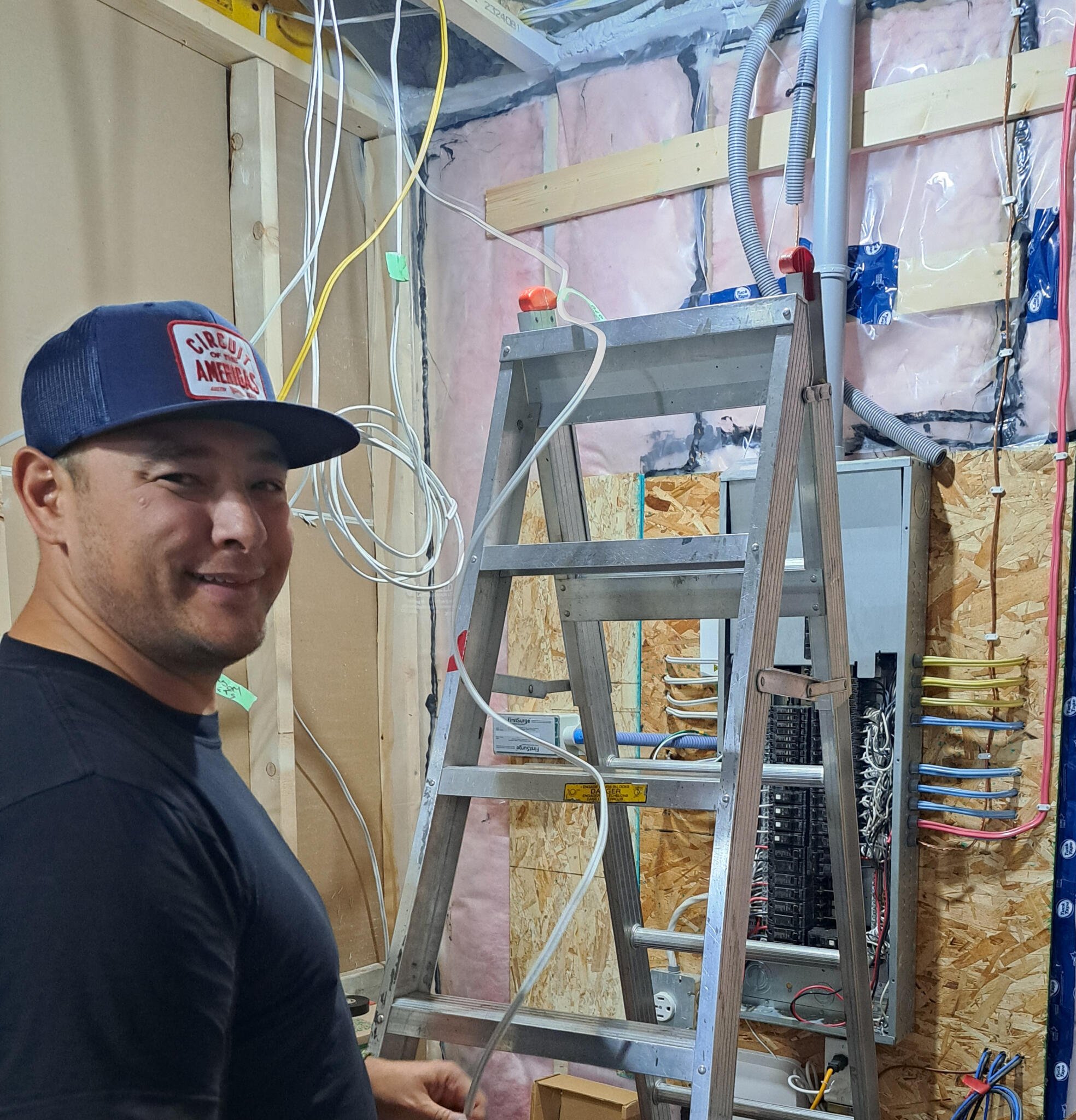I’m in Missouri and have never heard of needing whole house anything and I can use a 29cent receptacle anywhere except for within 6’ of water.
@curiousjim In terms of outlets, that’s pretty much still true but where some kitchen appliances were previously excluded (diswhasher, range, microwave) they are now very much included in GFCI requirements. The clothes washer and dryer are also now on team GFCI required as well. The code does not require you to go retrofit all these appliances but if building new after 2023 you should.
So a big change is the 240V GFCI breakers which need to be used in the case of an electric dryer and/or range.
The only thing I noticed that was different was that the buttons on the 110 outlets were both white instead of (red and black)in the new laundry room. I also had to rebuild a bathroom ( no fun at all!) and I was required to use the same 110 plug with the white buttons.
GFCI outlets can come with pure white buttons. It’s purely a cosmetic difference though. I find pure white GFCI outlets to be prettier in the kitchen and bathroom. I also have a pure brown GFCI outlet under a counter which matches the brown panelling better. Again, no difference in terms of code or safety.
forgot to ask, why do I want a whole house surge protector when everything important is either on a power conditioner, with a magnetic surge protector or a UPS for the computers, NAS, Router etc?
I’m in kind of the same boat. Besides my expensive and difficult to fix audio/video gear I have a bunch of computer and networking gear running around the house. All of it on separate surge protectors. Furman on A/V and Tripp Lite or APC for the rest of it.
I still put in a whole house panel because none of that keeps my other 50 or so devices protected. You may not think your furnace, washing machine, fire alarms or home automation switches are important, but I do. :)
Would I need one for the sub panel?
Not required. I’d consider one if 50’ or more from the main panel mostly to help in case of an induced surge. Also good idea if you have a separate building such as a workshop or detached garage.
And what is involved in installing one or maybe two whole house surge protectors?
I like to use in-panel protectors like Siemens Bolt Shield or Square D SurgeBreaker. They have 1 neutral wire and plug right into the panel. The hard part is getting the two slots as close to the main switch as possible. In my case I had to move all the breakers on one side down 2 slots.
The more common surge protectors are separate units with wires and a 2 pole breaker just for them. My least favorite option mostly because the length of the leads can increase the clamping voltage on a fast rise time surge due to increased inductance and resistance.


